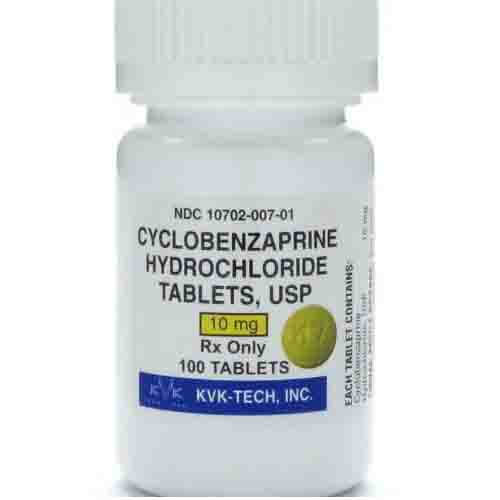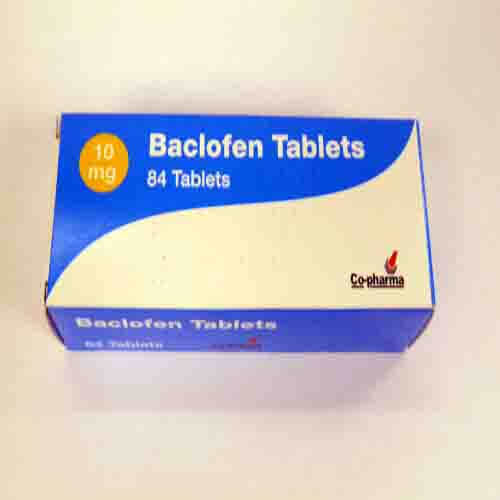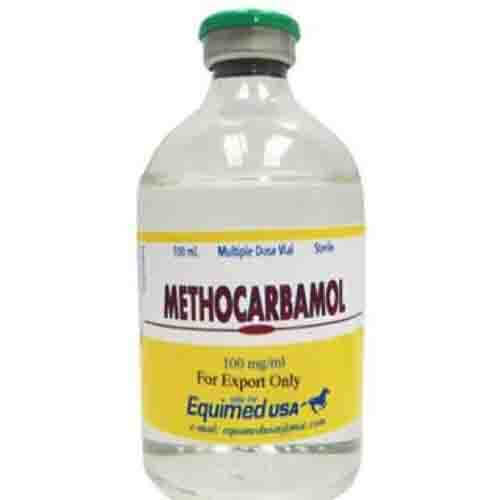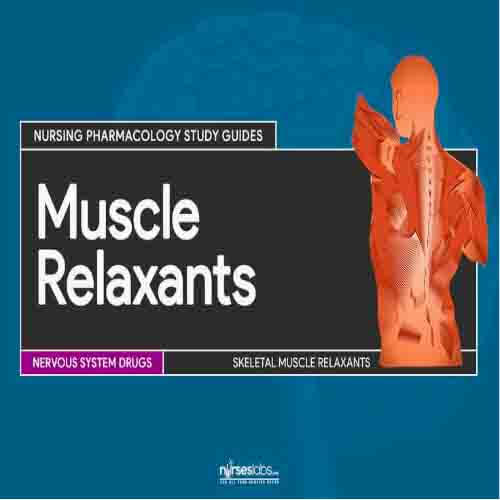Top Muscle Relaxants in 2025 for Effective Pain Relief
Top Muscle Relaxants in 2025 for Effective Pain Relief
Blog Article
In 2025, the healthcare and pharmaceutical industries will see tremendous advancements, especially in pain management and musculoskeletal therapies. Muscle relaxants remain a cornerstone for managing conditions like muscle spasms, chronic pain, and injuries. In this article, we’ll delve into the top muscle relaxants in 2025, their benefits, and how they’ve transformed patient care.
Understanding Muscle Relaxants
Muscle relaxants are medications designed to relieve muscle spasms, tension, and stiffness. These spasms often result from injuries, neurological conditions, or chronic pain syndromes. Broadly, muscle relaxants are categorized into:
Antispasmodics: These target acute muscle spasms caused by injuries or strain.
Antispastics: These address muscle stiffness and spasms associated with neurological disorders like multiple sclerosis (MS) or spinal cord injuries.
Top Muscle Relaxants in 2025
Here’s a look at the leading top muscle relaxants in 2025:
Tizanidine Hydrochloride
Tizanidine remains a top choice for managing spasticity. Known for its quick action, it’s often prescribed for conditions like MS and spinal injuries. The drug’s ability to inhibit nerve signals to muscles makes it highly effective in reducing spasms without causing severe sedation.
Pros:
- The quick onset of action
- Well-tolerated in most patients
- Available in extended-release formulations for sustained relief
Cons:
- It can cause dizziness and dry mouth
- Requires careful dosage adjustments to avoid hypotension
Benefits:
- Effective in managing spasticity in neurological conditions like multiple sclerosis.
- Rapid onset of action.
- Improved bioavailability for consistent results.
Side Effects:
- Fatigue and drowsiness.
- Potential for mild liver enzyme elevation.
- Rare cases of dry mouth or hypotension.

Cyclobenzaprine
Cyclobenzaprine continues to be the go-to treatment for acute muscle spasms. Often used alongside physical therapy, it reduces pain and improves mobility within days.
Pros:
- Affordable and widely available
- Minimal side effects when used short-term
Cons:
- Sedative effects may limit daytime use
- Not suitable for long-term therapy
Benefits:
- Provides 24-hour relief, reducing the need for multiple daily doses.
- Effective in managing acute musculoskeletal conditions.
- Improved patient compliance due to once-daily dosing.
Side Effects:
- Drowsiness.
- Dry mouth.
- Potential for dizziness or headache in some patients.

Baclofen
Primarily used for spasticity linked to neurological disorders, Buy Carisoprodol Online popularity has grown due to its efficacy and safety profile. In 2025, advanced delivery methods like intrathecal pumps make it even more effective.
Pros:
- Excellent for severe spasticity
- Advanced delivery systems reduce systemic side effects
Cons:
- Requires careful monitoring for withdrawal symptoms
- Can cause drowsiness
Benefits:
- Long-lasting effects reduce the frequency of dosing.
- Enhanced control of severe spasticity.
- Minimal sedation compared to older formulations.
Side Effects:
- Potential for withdrawal symptoms if discontinued abruptly.
- Occasional nausea or confusion.

Carisoprodol (Improved Formulations)
Carisoprodol’s reformulated versions in 2025 offer better safety and efficacy. It’s frequently prescribed for short-term relief of musculoskeletal pain.
Pros:
- Effective for acute pain
- New formulations reduce dependency risks
Cons:
- It still carries a risk of misuse
- Not recommended for long-term use
Benefits:
- Improved safety profile with reduced abuse potential.
- Effective in short-term management of acute muscle pain.
- Smooth transition to metabolites with minimal side effects.
Side Effects:
- Rare cases of dizziness or drowsiness.
- Risk of dependency if misused.

Methocarbamol
Known for its mild side effect profile, Methocarbamol is a top pick for those needing muscle relaxants with minimal sedation. It’s often combined with over-the-counter pain relievers for synergistic effects.
Pros:
- Low sedative potential
- Versatile in combination therapies
Cons:
- Less effective for severe spasms
- Requires frequent dosing
Benefits:
- Effective in acute musculoskeletal injuries.
- Reduced risk of dependency compared to opioids.
- Combines analgesic and muscle relaxant properties.
Side Effects:
- Mild sedation.
- Risk of allergic reactions in sensitive individuals.

Eperisone Hydrochloride
A relatively new entrant, Eperisone is gaining popularity due to its dual action as a muscle relaxant and vasodilator. It’s particularly effective for tension headaches and cervical spondylosis.
Pros:
- Effective for chronic pain syndromes
- Minimal central nervous system side effects
Cons:
- Limited availability in some regions
- Higher cost compared to traditional options
Benefits:
- Relieves muscle spasms and improves blood circulation.
- Effective in managing conditions like tension headaches and cervical spondylosis.
- Minimal sedation and cognitive impairment.
Side Effects:
- Mild gastrointestinal discomfort.
- Rare cases of skin rash or dizziness.

Cannabidiol (CBD)-Based Relaxants
With the rise of medical cannabis, CBD-based muscle relaxants are becoming a preferred choice for many. They offer a natural alternative with fewer side effects.
Pros:
- Natural and non-addictive
- Helps with both pain and inflammation
Cons:
- Regulatory challenges in some countries
- Variability in product quality
Benefits:
- Dual action as an anticholinergic and muscle relaxant.
- Effective in managing chronic pain syndromes.
- Reduced frequency of dosing.
Side Effects:
- Dry mouth.
- Blurred vision or urinary retention in rare cases.

New Biologics
In 2025, biologics targeting muscle spasms are emerging as game-changers. These treatments, often injections, work on a molecular level to block specific pathways causing spasticity.
Pros:
- Highly effective for chronic conditions
- Long-lasting effects
Cons:
- Expensive
- Requires administration by a specialist
How to Choose the Right Muscle Relaxant
Choosing the top muscle relaxants in 2025 depends on several factors, including:
- Type of Condition: Acute injuries vs. chronic neurological disorders.
- Patient History: Allergies, prior response to medications, and co-existing conditions.
- Duration of Use: Short-term vs. long-term therapy.
- Side Effect Tolerance: Some patients may prioritize non-sedative options.
Consultation with a healthcare provider is essential for tailoring treatment to individual needs.

Potential Side Effects and Risks
While muscle relaxants are effective, they come with potential side effects. Common issues include:
- Drowsiness and dizziness
- Dry mouth
- Dependency (especially with older drugs like Carisoprodol)
- Gastrointestinal upset
Patients should always follow prescribed dosages and discuss any side effects with their healthcare provider.
Future Trends in Muscle Relaxants
Top muscle relaxants in 2025 market is evolving rapidly. Key trends include:
Personalized Medicine: Genetic profiling to determine the most effective medication.
Non-Pharmacological Solutions: Combining muscle relaxants with advanced physical therapy techniques and wearable technologies.
AI-Driven Drug Development: Faster discovery of new compounds with minimal side effects.
Natural Alternatives: Increased research into healthcare provider plant-based and herbal muscle relaxants.

Final Thoughts
Top muscle relaxants in 2025 have advanced significantly, offering patients more effective and safer options than ever before. Whether you’re dealing with an acute injury or a chronic condition, these medications can provide relief and improve quality of life. Always consult a healthcare professional to determine the best option for your needs. Report this page